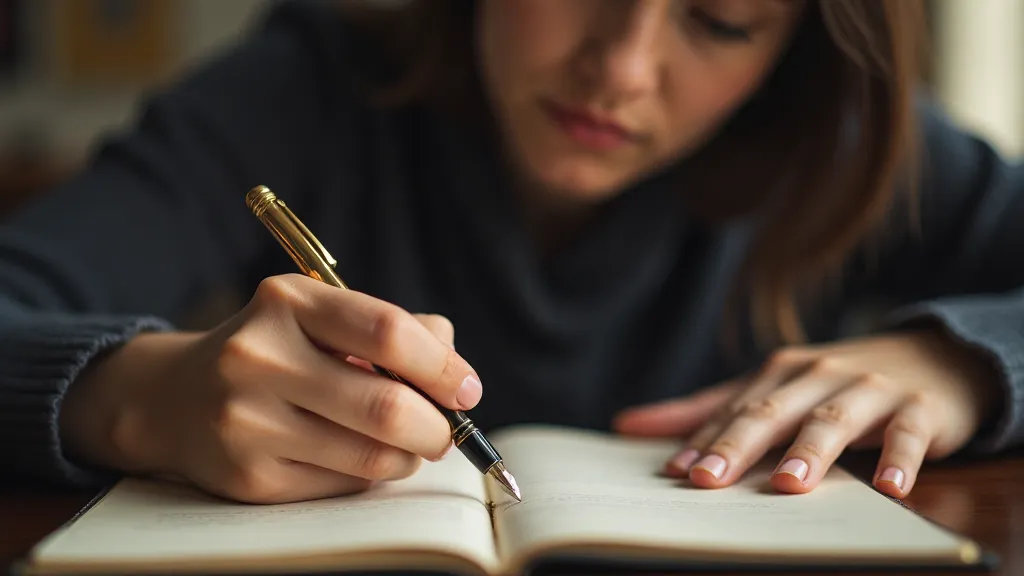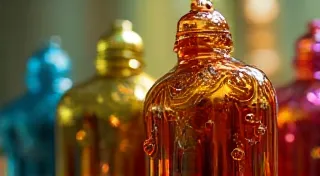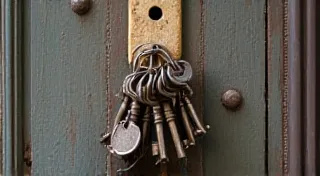The Obsidian Quill: Tracing Ink's Echoes Through Generations
There’s a quiet reverence that settles when you hold a vintage fountain pen. It’s more than the weight, the feel of celluloid or ebonite against your fingers. It’s a connection to something older, a palpable link to the hands that have guided it before. These aren't simply tools; they are silent witnesses to history, vessels holding echoes of thoughts, stories, and dreams – all traced in flowing ink.
My own journey with vintage pens began unexpectedly. I was a frustrated novelist, struggling to find a voice that felt truly authentic. The sterile click of a modern keyboard felt…distant. It felt like I was manufacturing emotion, rather than allowing it to flow. Then, browsing an antique shop with a friend, I stumbled upon a Parker Duofold from the 1920s. The shop owner, a wizened gentleman with ink-stained fingers, handed it to me. It felt strangely warm, alive. I bought it on a whim, a desperate hope for inspiration.
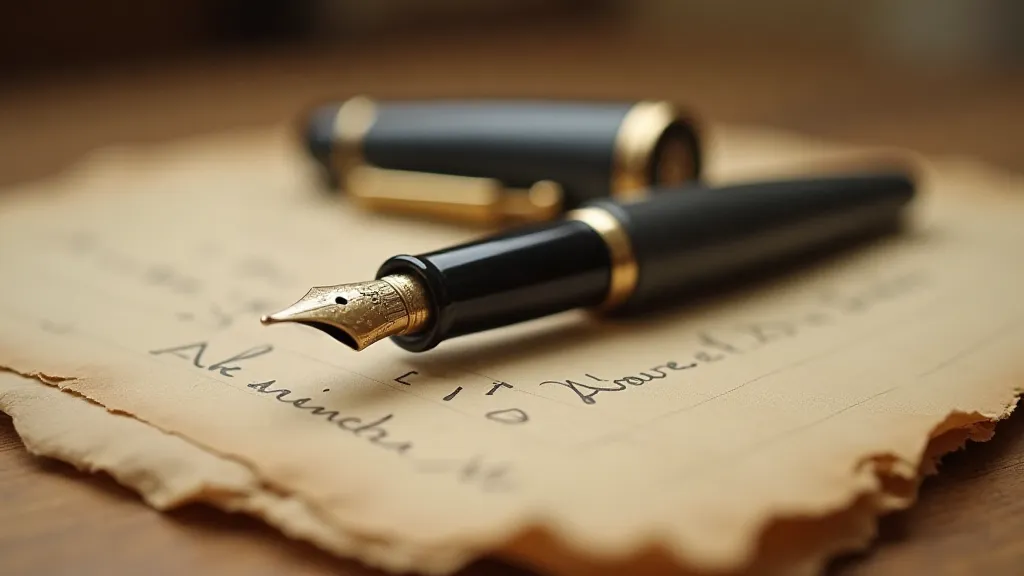
The Imperfections That Inspire
The first few lines I wrote with that Duofold were…messy. The nib had a subtle springiness, a flex that modern pens lack. The ink flow was inconsistent, producing occasional skips and sputtering. It was frustrating, at first. I was used to precision, to control. But then I started to listen. I noticed how the pen seemed to guide my hand, encouraging a more organic rhythm. The occasional sputter became a deliberate pause, a moment for reflection. The flex in the nib wasn’t a flaw; it was a collaborator, shaping the sentence with its own unique character.
This is a crucial point for those who collect and appreciate vintage writing instruments. We often strive for perfection – a flawlessly restored pen, a pristine example of a particular model. But the true beauty of these pens often lies in their imperfections. The tiny scratches on the barrel speak of a life well-lived, of countless letters written and documents signed. The slight misalignment of the nib tells a story of mass production in an era before laser precision. These aren't flaws to be erased; they are markers of authenticity.
A History Etched in Resin and Steel
The history of fountain pens is inextricably linked to the history of writing itself. The development of the steel nib in the 19th century revolutionized communication, making writing more accessible and affordable. Companies like Waterman, Parker, Sheaffer, and Montblanc rose to prominence, their pens becoming symbols of status and refinement. The Art Deco movement heavily influenced pen design, resulting in some of the most iconic and beautiful writing instruments ever created. Think of the elegant lines of a Waterman Patrician or the bold, streamlined form of a Parker Vacumatic. Each pen represents a specific moment in time, a testament to the ingenuity and craftsmanship of its era.
Consider, too, the role of these pens in shaping literature. Ernest Hemingway famously wrote with a custom-made fountain pen, as did Virginia Woolf and John Steinbeck. Their words, penned with these instruments, helped to define an era. Can you truly separate the writer from the tool that helped to shape their prose? Perhaps not entirely. The physical act of writing, the slight pressure on the nib, the subtle resistance of the paper – these tactile sensations all contribute to the creative process.
My grandfather, a quiet and reserved engineer, left me a collection of pens when he passed away. Amongst them was a humble Eversharp Skrip, unassuming in appearance, but holding a history I’m only beginning to understand. He wrote letters to my grandmother during the war, letters filled with longing and hope. Holding that pen, imagining his hand guiding it across the paper, feeling the weight of his memories – that's a profound connection. It’s a tangible link to a past I never knew.
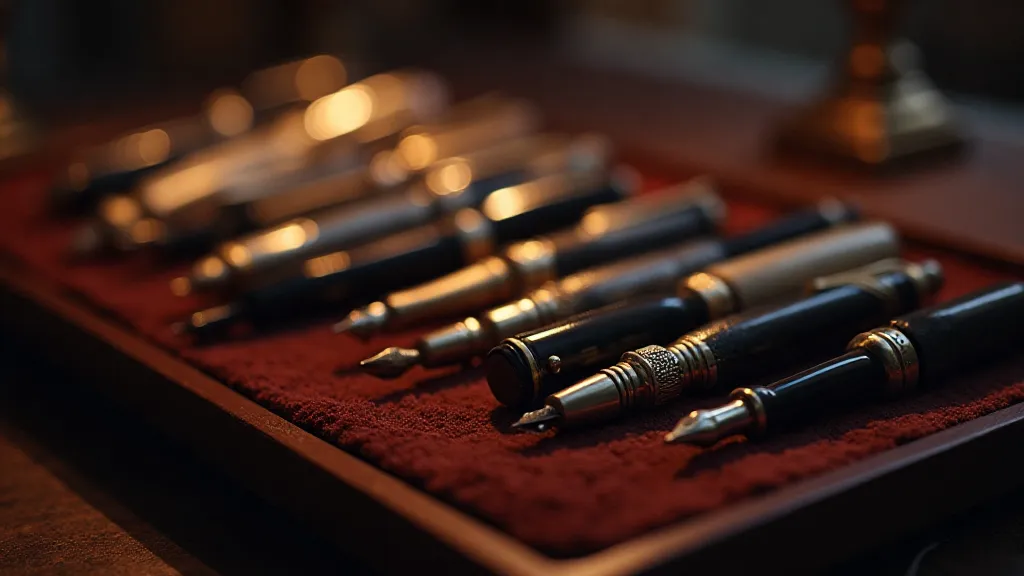
The Subtle Influence of Tool on Thought
There's a growing body of thought suggesting that the tools we use influence the way we think. Studies have shown that writing by hand, rather than typing, can improve memory and comprehension. Perhaps it’s because the physical act of writing engages different parts of the brain, forcing us to slow down and process information more carefully. Using a vintage fountain pen takes that concept a step further. The inconsistent ink flow, the slightly unpredictable nib – these challenges can force us to adapt, to be more deliberate in our choices. This, in turn, can influence the rhythm and cadence of our writing, leading to a more nuanced and authentic voice.
Restoring vintage pens isn't just about fixing a broken mechanism; it’s about preserving a piece of history. It’s about honoring the craftsmanship of a bygone era. It's a labor of love, requiring patience, skill, and a deep appreciation for the object in hand. From carefully cleaning the barrel to meticulously re-aligning the nib, each step is undertaken with reverence.
Beyond Collecting: A Portal to the Past
Collecting vintage pens isn't simply about acquiring objects; it's about curating a collection of stories. Each pen has its own unique history, a silent narrative waiting to be uncovered. Perhaps it was used to draft a groundbreaking scientific paper, or to pen a heartfelt love letter. Maybe it traveled across continents, witnessing historical events firsthand. The possibilities are endless.
The next time you pick up a vintage fountain pen, take a moment to appreciate its history, its craftsmanship, and the countless hands that have guided it before you. Listen to the whispers of the past, and allow the imperfections to inspire you. You might be surprised at the stories you uncover, and the voice you find within yourself.
